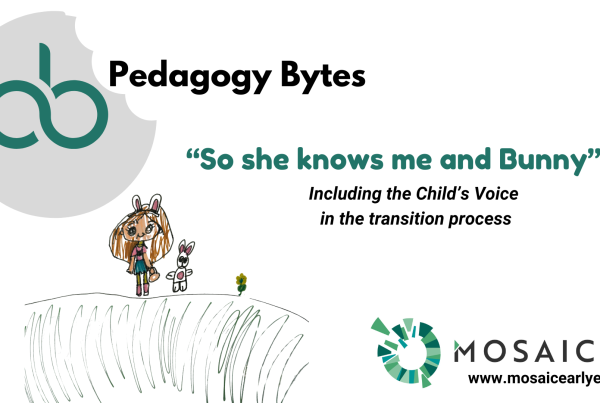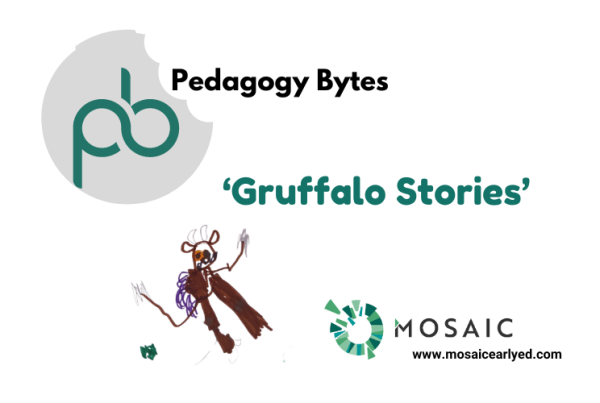It may look like just a whole lot of scribbles to you, but drawing is an important part of children’s development. But it is important for Educators and parents to know the benefits of drawing and art and how adult intervention can both hinder and support young children’s creativity and self-image.
There is no right or wrong in artistic expression for the young child because art comes from within the child.
Each child deserves:
- the opportunity to at least try out original ideas which serves their own intentions
- an Educator who places the focus of children’s art on the process rather than the end product
- an Educator who values every child’s individuality and originality.
Why is drawing important for children’s development?
Drawing is an especially important outlet for children who do not yet have the verbal skills to communicate their feelings. Children sometimes draw to express what they are feeling and thinking.
When a child draws something familiar to them, for example, a pet, they have the opportunity to think about what they know and how they feel towards this animal. They use their memory to recall what they know about the pet, in turn extending their concentration and language skills. Drawing also helps to develop manipulative skills that will assist children to write.
Stages of art development
Each child’s art is unique however follows a universal pattern of development. All children go through the same stages, but the age at which this happens varies.
The first stage is ‘experimenting’ where young children learn how to make marks or scribbles on paper. The objective here is to see what they can do through practice and repetition.
When children gain greater control of drawing and writing tools you are likely to see circular patterns and the work taking up less of the page. As children are able to consistently create circles and lines, you may see circles with lines radiating from them.
The next stage is where these circles and lines start to become objects like people, as children are able to represent what they are thinking about. With continued practice, finer details start to appear such as people having fingers and eyebrows.
Colouring Templates in Pre-School
The practice of using colouring templates is still common in many early childhood settings. Colouring templates for younger children up to pre-school age may restrict some children’s creativeness and their independence of expression. Some children may use the drawings in these books as a model of what an object should look like. For example, if a horse looks a certain way in the colouring book, children may believe that their horse should look the same. This allows little recognition of the importance of children’s intentions, their view of the world and can be to the detriment of their emotional development.
They may also feel a sense of not being able to achieve what is expected as they cannot colour within the lines provided. This could restrict their ability to draw with feeling and emotion and to represent objects as they see them, rather than how the lines portray them.
Adults should avoid drawing for children
Like the idea of using colouring books, drawing for children may limit their creative ability as your works dictate what objects such as a house, sun, and tree should look like. Art is about discovery, using their imagination, freedom to create something unique to the child, experimenting and trying out new methods and expressions.
If adults impose ideas on children, the children’s imagination might not be captured, and they might end up doing something that adults want to see done, rather than what they want to do. Adult intervention should take place in order to advance creative play, not to restrict it or take it over.
Talking to children about their art
Around the age of 3 ½ children may start to have a plan for what they are drawing. However, as adults we often don’t know what children’s intentions are. It is a good idea to talk about what child are drawing and ask questions about their ideas and creations.
A general statement like “Can you tell me about your picture”, “Why have you chosen this colour”, “What is happening here” are good conversation stimulators, allowing the child to tell their story. Displaying children’s art work or making a frame for special work shows them that what they have done is important and strengthens self-worth.
What drawing experiences can you provide?
Children need a variety of items to draw with and draw on. These could be pencils, pens, chalk, crayons, paint and brushes. Items like old textured wallpaper, cardboard, slates, boxes, concrete, or even the fence, are good places to draw on.
Start drawing experiences as soon as a child shows interest, usually from around 8 months. Use large tools/materials for young children and paper that has no lines so that children are not confined when they first experiment with mark making.
Real creativity offers the children an opportunity to create something novel; something individual that is different from everyone else’s. By using their own criteria, not the adults, children develop their own ideas, think creatively, make decisions, and evaluate the finished product using their own measures. This enhances a range of cognitive skills, hence developing the learning process.
It is not that difficult to spark a child’s imagination – children are natural creators. The role of the Educator is to set these imaginations in motion through creative planning and offering prompts and suggestions when required, giving children the space and time to develop their ideas creatively.




